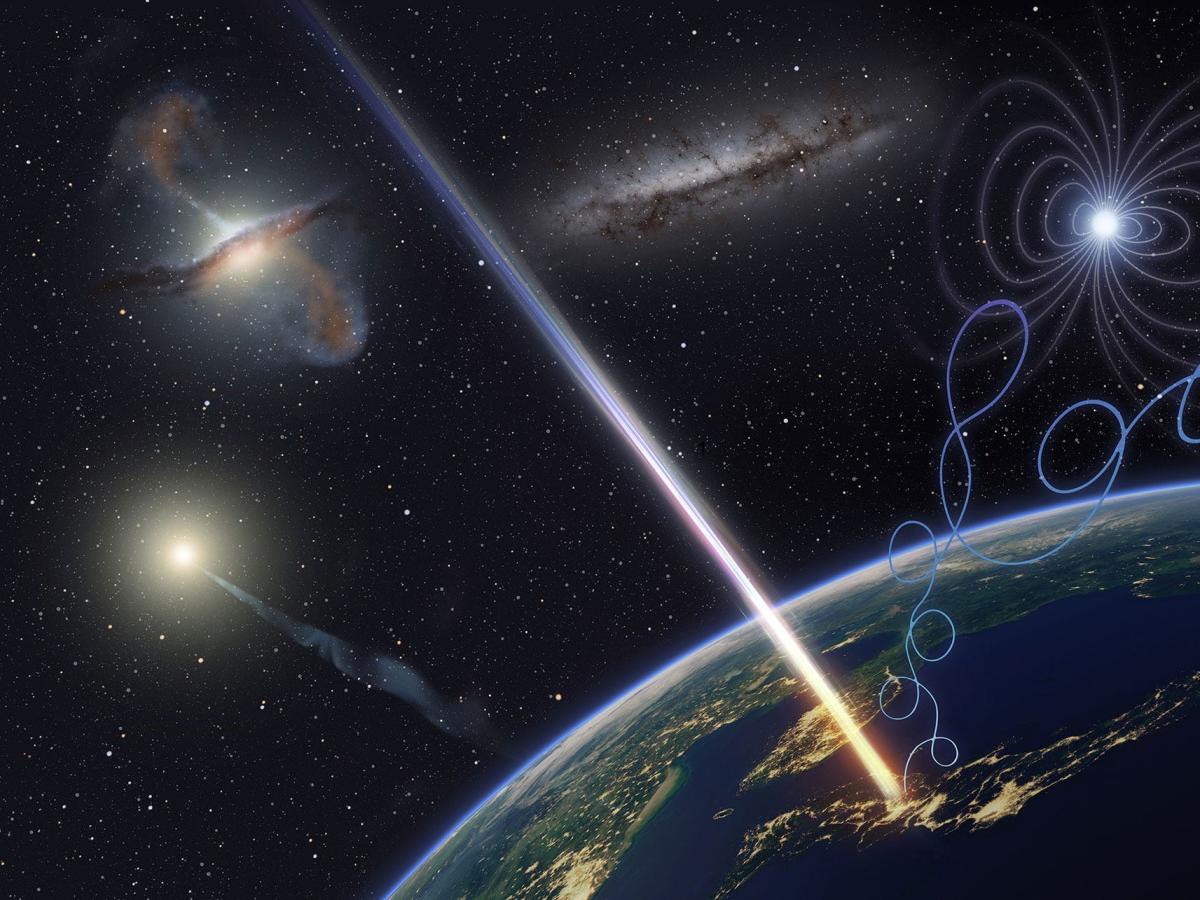-
Utah scientists have found a rare cosmic ray thought to have originated beyond the Milky Way.
-
The particle has been named the “Amaterasu particle” in reference to the Japanese sun goddess.
-
The source of the particle has been described as a “mystery” by a spokesperson from the Telescope Array.
Researchers from the University of Utah and the University of Tokyo have detected an incredibly rare, ultra-high-energy cosmic ray, believed to have traversed beyond the boundaries of the Milky Way galaxy. Known as the “Amaterasu particle,” it is a subatomic entity, invisible to the naked eye, and its energy level matches the record-breaking “Oh-My-God” particle observed in 1991. The findings, reported in the journal Science, are calling into question the origin of this mysterious particle.
Telescope Array co-spokesperson, John Matthews expressed, “In the case of the Oh-My-God particle and this new particle, you trace its trajectory to its source and there’s nothing high energy enough to have produced it. That’s the mystery of this — what the heck is going on?”
Cosmic rays are typically generated from the sun but ultra-high-energy cosmic rays, like the Amaterasu particle, are thought to have extragalactic sources. The recently discovered particle was identified by the Telescope Array, an observatory in Utah’s West Desert, with the help of 507 surface detectors over 270 square miles. Its arrival on May 27, 2021, triggered 23 surface detectors and had an energy measurement of about 244 exa-electron volts, just falling short of the “Oh-My-God” particle’s 320 exa-electron volts.

The Amaterasu particle and other observed high-energy particles appear to emerge from voids or empty spaces. While the origins of low-energy cosmic rays are traceable, those of ultra-high-energy particles seem to come from empty spaces. The Amaterasu particle is believed to have originated from the Local Void, an empty region adjacent to the Milky Way galaxy.
The expansion of the Telescope Array promises to provide more insights into cosmic mysteries. The observatory plans to deploy an additional 500 detectors in an area nearly the size of Rhode Island, with the aim to capture cosmic ray-induced particle showers for further study.
Original article from Business Insider


